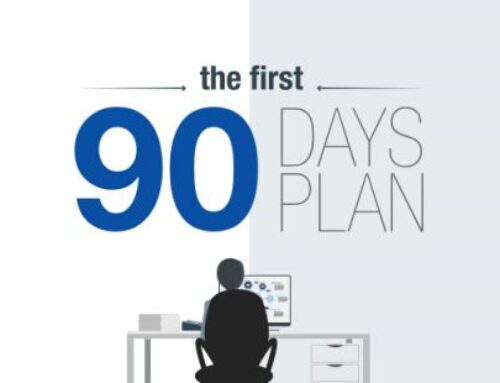What’s your problem solving style? How do you prioritize problems? Those are two questions that I’ve been asked numerous times in my career. Possibly because I’ve spent half of my career as a consultant and it’s expected of a consultant to be a fast acting expert problem solver or just because problem solving is an essential element of successful leadership. It could be both but I expect for most people it’s the latter. Any potential employer, executive peer, or team member is going to want to understand how you address problems. Do you have a methodology? You need to provide assurance that you have a sound process for resolving issues. Problem solving is one of the keys of leadership and life.
Are you really prepared to answer this question and execute on the approach? How many of you actually are self-aware of your personal style of problem solving? I’m not talking about a style that you developed from reading a book, Googled from the 72,000,000 links on problem solving or were taught in a general leadership class but the style that is truly your own. Have you taken the time to assess and understand your own problem solving style approach, strength and weaknesses? What plan have you developed and steps have you taken to improve your style?
Understanding how to solve problems is something that we naturally do based upon our past experiences or how we’ve been taught in some type of leadership training. Most people perceive that they are strong problem solvers. I’ve always stated that perception is more important than reality. If we perceive that we’re strong in this key trait and we haven’t invested time to objectively understand our style then how can we have a high level of confidence that our problem solving skills are as strong as they reasonably can be?
The first thing you should do is become specifically aware of your personal problem solving style. So how do you discover your own problem solving style? Some methods include:
• 360 feedback
• Self-assessments: Myers Brigg, Strengths Finder, VIEW, etc.
• Work with an executive coach
My problem solving training was through all of the above. What did I learn?
My basic approach to problem solving is through gut instinct based upon past experiences and other times I follow a general problem solving process such as:
1) Define the Problem – What is the real problem and do I want to achieve?
2) Analyze the Problem – Develop an initial hypothesis (Intuitive or structured). Understand what’s the current situation is and what made it a problem. Understand what needs to change. Break down the problem into components and discover key drivers.
o Perform Data Collection – Use 5 whys? What is the root cause?
3) Develop Alternatives – Come up with Possible Alternatives to the problem. Preliminarily Prioritize.
4) Analyze the Alternatives – What are the good and bad points of the possible solutions?
5) Select the Best Alternative – Use qualitative and quantitative measures on a matrix chart.
6) Implement the Solution
7) Review, Adjust, and Optimize
I don’t have one single approach for all problem solving but adjust my approach based upon scope, complexity, and urgency of the situation. For most problems I start with a general hypothesis and develop a quick solution based upon my 20+ years of experience and for other larger and more complex situations, I use a more thoughtful structured approach.
I prioritize my problems by looking at impact and urgency together and classifying each by high, med or low. Other times I’ve used a 1 through 10 rating. You just need a good system to quantify and qualify problems based upon standard and simple definitions.
What I have learned from self-assessment and coaching in regards to my specific problem solving is that I tend to rely mostly on strong analysis and sensing but less on feeling. Not surprised? I’m not either. It just shows that I am a fairly typical heavy analysis IT leadership type. However, it doesn’t mean that I accept that it’s good enough and shouldn’t try and make my problem solving approach better.
As a somewhat typical IT type that wants to improve my problem solving, I should:
• Use Introversion to allow time for reflection at each step along the way of the problem solving process.
• Use Extraversion to discuss each step before moving on to the next step in the process.
• Use Perceiving in each step to keep discussions and options open, not cutting things off too prematurely.
• Use Judging to make a decision and determine a deadline and schedule.
You’re probably already a pretty good problem solver using gut instinct based upon past experiences or proven methodologies to solve problems. However, the best leaders don’t accept well enough and look to improve their personal problem solving approach as much as possible. Problem solving is such a key trait in successful leadership.
Take the time to become self-aware of your personal problem solving style through objective assessment, coaching, and look for ways to improve. The most successful people are great problem solvers and constantly look for ways to improve what they have to offer the rest of the world.






